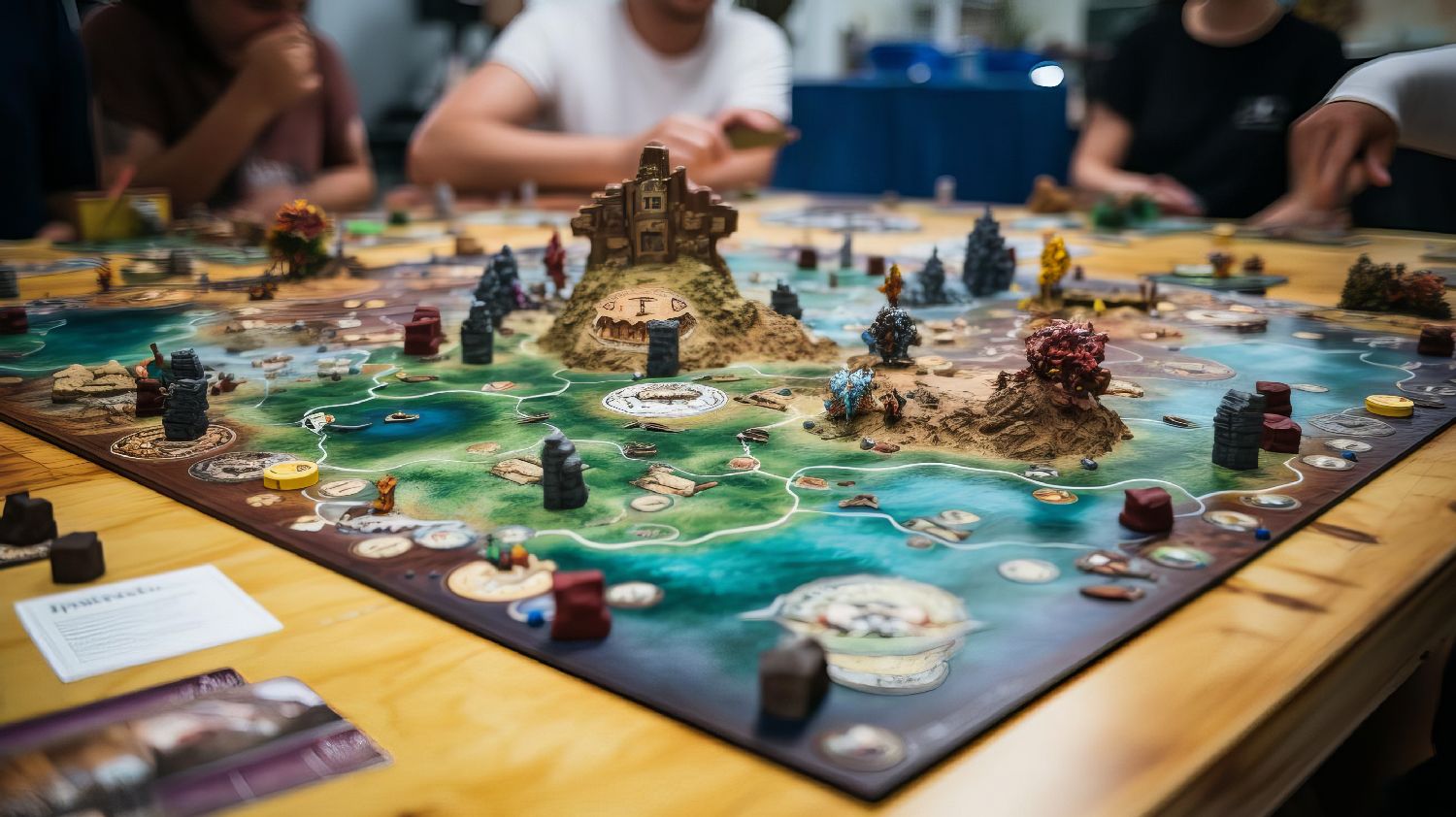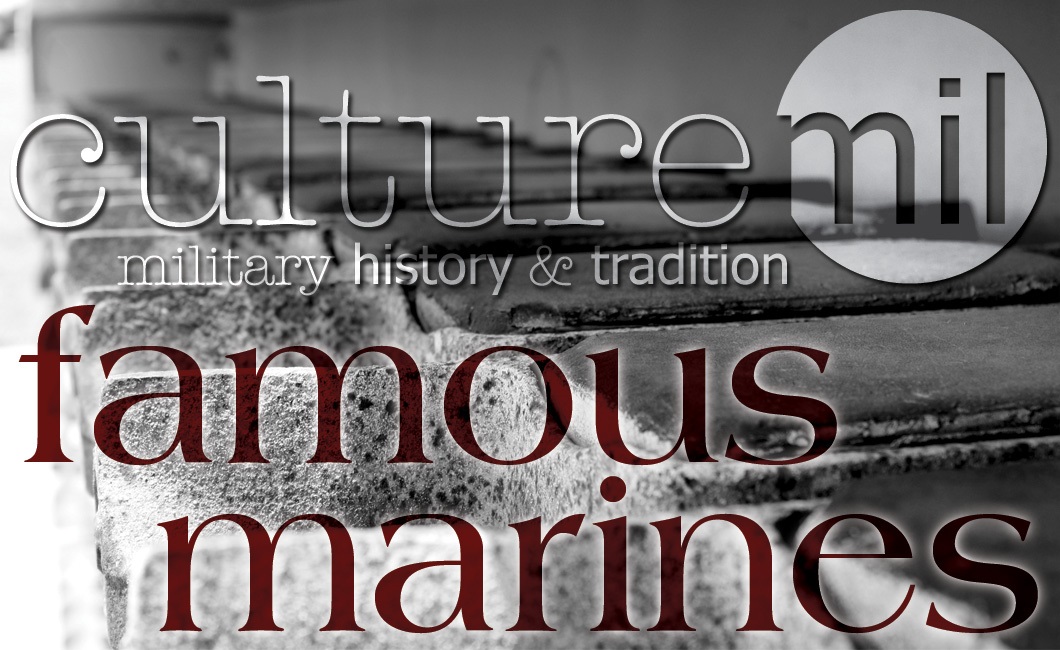- http://www.biography.com/people/groups/marines
- https://en.wikipedia.org/wiki/List_of_United_States_Marines (*for a more complete list)
- http://blog.customink.com/2012/11/marine-slogans-mottos-and-sayings/
- http://www.encyclopedia.com/doc/1G2-3446400011.html
- http://famous-photographers.com/eddie-adams/
- http://newsfeed.time.com/2010/12/10/bea-arthur-tough-chick-her-secret-past-as-a-marine/
- http://www.legacy.com/ns/bea-arthur-obituary/126583065
- http://www.imdb.com/name/nm0037735/bio
- http://looneytunes.wikia.com/wiki/Bugs_Bunny
- http://www.leatherneck.com/forums/showthread.php?46914-Master-Sergeant-Bugs!
- http://www.arcamax.com/knowledge/trivia/s-99148-382780
Written by Jenifer Chrisman on August 8, 2016.
From a cartoon character to journalists, business leaders to golfers, actors to activists, they all had one thing in common…at one point or another in their lives they were United States Marines. Some were famous before they joined. Some began to distinguish themselves during their service. And others became notable after.
There is no doubt they are, as their current advertising slogan states, “The Few. The proud. The Marines.” But there also are many notable names throughout their long history.
While much is lost over time, and some names have become nearly obscure, each in their own way made a contribution to the rank and file. They deserve to be recognized, not just for their fame, but for their service to this country. And while there are too many to name* them all, below is a list of fifty names, along with three short standout bios, of famous Marines.
Eddie Adams (1933-2004) began his photography career while still in high school, working for the school newspaper. After graduation he enlisted in the U.S. Marine Corps, serving three years as a Combat Photographer during the Korean War. From 1958 to 1962 he worked for The Evening Post in Philadelphia, then joined the Associated Press (AP). In 1965, Adams, along with photographer Dirck Halstead with United Press International (UPI), decided to travel to Vietnam to photograph the war. To ensure they were sent, each told their agency the other had been assigned, and they arrived in time to see the first wave of Marines charge the shore at China Beach. Adams remained for a year, often serving as a reporter as well. He returned in 1968 and was near Saigon when the Vietcong launched the Tet Offensive. During the conflict he shot his famous photograph of Brigadier General Nguyen Ngoc Loan, a South Vietnamese officer, in the middle of the street shooting a Vietcong prisoner in the head at point blank range. The photo, which Adams admits was a fluke, was taken because he believed the general was just going to threaten the prisoner. However, it had enormous impact worldwide and is largely credited with turning U.S. public opinion against the war. But positive or negative repercussions aside, Adams’ photo won the Pulitzer Prize in 1969 for breaking-news photography, as wells as establishing him as one of the world’s top photojournalists. He was uncomfortable and distressed that his photography swayed public opinion, especially as that photograph turned Loan into a pariah, saying that photographs are only “half-truths.” He recalled Loan pocketing the pistol after shooting the prisoner, walking over to him and the NBC News crew and saying “He killed many of my men and many of your people,” before walking away. Adams befriended Loan after he emigrated to America, refusing the publicly display the photo, and remained friends with him until Loan died in 1998 from cancer. Adams left AP in 1972 to freelance for Time magazine, returning in 1976 as their first and only special correspondent. He left again in 1980 to become a freelance photographer and special correspondent for Parade magazine. Throughout his years as a photographer he shot more than 350 Parade covers, including the yearly Jerry Lewis Muscular Dystrophy Association Telethon Issue cover; contributed to the photography book series “Day in the Life,” including A day in the Life of the U.S. Armed Forces; shot portraits of luminaries such as Indira Gandhi and Anwar Sadat; covered thirteen wars; and worked with numerous entertainment, fashion and advertising clients. He founded Barnstorm: The Eddie Adams Workshop, which offers a free, four-day workshop for select aspiring photographers, in 1988. Eddie Adams died on September 19, 2004 from Lou Gehrig’s disease (amyotrophic lateral sclerosis). According to Famous Photographers (famous-photographers.com), “Along with the Pulitzer, Eddie Adams received over 500 awards during his photography career. Some of them include the George Polk Award for News Photography in 1968, 1977 and 1978. He also received numerous awards from World Press Photo, Sigma Delta Chi, NPPA, Overseas Press Club and many other organizations in the industry.”
Bea Arthur (1922-2009), born Bernice Frankel, reached her full height of 5’ 9½” by the age of twelve. She overcame shyness with wit and adopted her mother’s nickname “Bea,” as she hated her given name. She earned a degree as a medical lab technician from a junior college in Virginia, but hated doing lab work. Though she rarely spoke of it, she joined the U.S. Marine Corps in 1943 as a typist and truck driver. She married, and divorced, Private Robert Arthur, which led to her name change, and was honorably discharged in 1945 with the rank of staff sergeant. Arthur, who had always wanted to be a petite, blond movie star, enrolled at the New School of Social Research (NY) in drama and supported herself by singing in a night spot and pushing drinks. She began performing off-Broadway and in television dramas. Her career gathered momentum and, after playing Edith Bunker’s cousin Maude Finley in the comedy series “All in the Family,” she received her own series, “Maude” in 1972(-1978). Arthur’s gritty, liberal and outspoken “Maude” character became a standard bearer for America’s growing feminist movement. Her later role in “Golden Girls” (1985-1992) was a surprising success in a market skewed toward younger audiences. Both “Maude” and “Golden Girls” were cancelled because she left. Bea Arthur died on April 25, 2009. Among her many awards she has received a Tony Award for Best Featured Actress in a Musical: “Mame” (1966); two Primetime Emmy Awards for Outstanding Lead Actress in a Comedy Series: “Maude” (1977) and “The Golden Girls” (1988) and been inducted into the Television Hall of Fame (2008).
Bugs Bunny (1940-), also known as the “Wascally Wabbit,” has become an American cultural icon. He appeared for the first time in “A Wild Hare” on July 27, 1940, where he coined his famous catchphrase, “What’s up, Doc?” By 1943, Warner Bros. (WB), along with cartoon studios such as Disney, began pitting their characters against Axis countries and figures. At the end of one such film, “Super Rabbit” (1943), Bugs appeared wearing the dress blue uniform of the U.S. Marine Corps. The Corps was so flattered they officially inducted Bugs as a private, dogtags and all. He was regularly promoted and officially discharged as a Master Sergeant at the end of World War II. During the war he served as the squadron logo (riding an air delivered torpedo) for Marine Torpedo/Bomber Squadron 242; was the official mascot of Kingman Army Airfield (Arizona); the mascot for the 530th Bombardment Squadron, 380th Bombardment Group, 5th Air Force (U.S.); and was attached to the Royal Australian Air Force. Bugs made his last “Golden Age” appearance in “False Hare” (1964). “The Bugs Bunny Show” made its primetime debut in the fall of 1960, then switched to Saturday morning cartoons after two seasons. Despite name and format changes it lasted more than forty years. In 1988, Bugs appeared with his rival, Mickey Mouse, in the blockbuster “Who Framed Roger Rabbit.” This movie was the last performance of Mel Blanc (Bugs Bunny’s original voice) before his death in 1989. Bugs’ skyrocket to fame has been meteoric. He has his own star on the Hollywood Walk of Fame, received the Academy Award for Best Short Subject: Cartoons, “Knighty Knight Bugs” (1958) and his “What’s Opera, Doc?” (1957) was the first cartoon short to be deemed “culturally significant” by the United States Library of Congress and selected for preservation in the National Film Registry.
50 FAMOUS MARINES
| Name | Occupation | Rank |
|---|---|---|
| Joseph M. Acaba | Astronaut | Sergeant |
| Don Adams | Actor, Comedian | Drill Instructor |
| Eddie Adams | Photographer | Combat Photographer |
| Bea Arthur | Actress, Comedian | Staff Sergeant |
| F. Lee Bailey | Lawyer | Second Lieutenant |
| Dusty Baker | Baseball Manager | Private First Class |
| James Addison Baker III | U.S. Secretary of State | Lieutenant |
| Nick Barone | Boxer | Private First Class |
| Terrel Bell | U.S. Secretary of Education | First Sergeant |
| Donald P. Bellisario | Producer, Screenwriter | Sergeant |
| Patty Berg | LPGA Golfer | Second Lieutenant |
| Pappy Boyington | Journalist, Military Leader | Major |
| Art Buchwald | Journalist | Sergeant |
| Dale Bumpers | U.S. Senator (Arkansas) | Staff Sergeant |
| Bugs Bunny | Cartoon Character | Master Sergeant |
| Conrad Burns | U.S. Senator (Montana) | Corporal |
| Drew Carey | Gameshow Host, Actor, Comedian | Sergeant |
| John H. Chaffee | U.S. Senator (Rhode Island) | Lieutenant |
| Stephen Cochran | Signer, Songwriter | Sergeant |
| Gordon Cooper | Astronaut | Colonel |
| Bill Cowan | Hostage Rescue Expert, TV New Commentator | Lieutenant Colonel |
| Dale Dye | Hollywood Military Advisor | Captain |
| Daniel Ellsberg | Government Official, Anti-War Activist, Journalist, Scholar | First Lieutenant |
| R. Lee Ermey | Actor | Gunnery Sergeant |
| Shelby Foote | Author, Journalist | Captain |
| John Glenn | Astronaut, Military Leader, Pilot, U.S. Senator | Colonel |
| Josh Gracin | Singer | Lance Corporal |
| Gene Hackman | Actor | Gunnery Sergeant |
| Gustav Hasford | Author | Corporal |
| William Manchester | Historian, Biographer | Sergeant |
| Lee Marvin | Actor | Private First Class |
| Robert C. McFarlane | U.S. National Security Advisor | Lieutenant Colonel |
| Tug McGraw | Pro Baseball Player | Corporal |
| Ed McMahon | Gameshow Host, Comedian | Colonel |
| Robert Mueller | 6th Director of the FBI | 3rd Marine Division |
| John Murtha | Anti-War Activist, U.S. Representative | Captain |
| Oliver North | Government Official | Lieutenant Colonel |
| Tyrone Power | Actor | Captain |
| Charles S. Robb | U.S. Senator (Virginia) | Lieutenant Colonel |
| Bernard Shaw | News Anchor, Journalist | Corporal |
| John Philip Sousa | Songwriter, Inventor | Band Director |
| William Styron | Author | Lieutenant Colonel |
| Frank M. Tejeda | U.S. Congressman (Texas) | Major |
| Craig Thomas | U.S. Senator (Wyoming) | Captain |
| Bernard Trainor | Author, Journalist, NBC Military Analyst | Lieutenant General |
| Lee Trevino | PGA | Lance Corporal |
| Ralph Waite | Actor | Private First Class |
| Bing West | Author, Assistant Secretary of Defense | Colonel |
| Larry Wilcox | Actor | Staff Sergeant |
| Montel Williams | Television Host | Corporal |
Sources:



